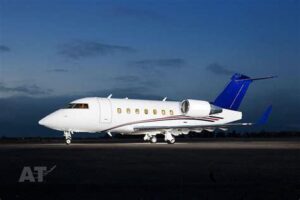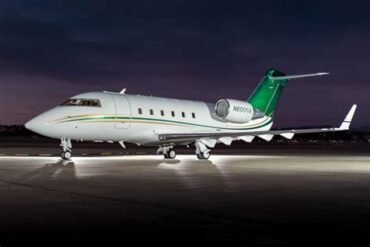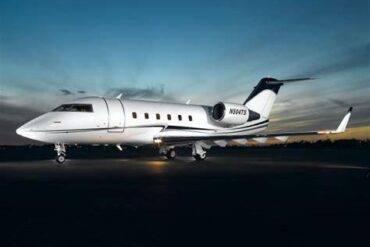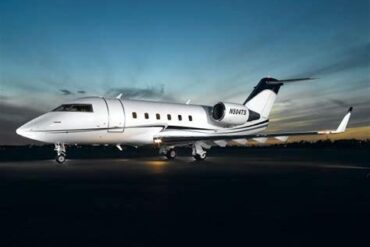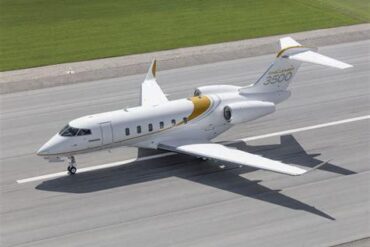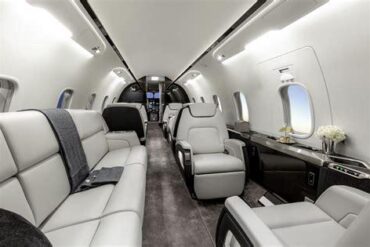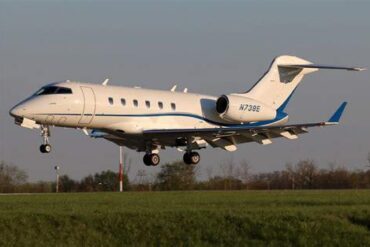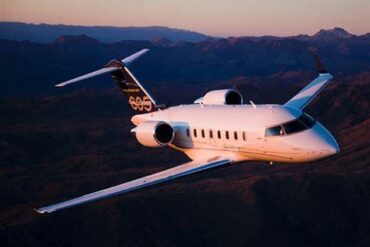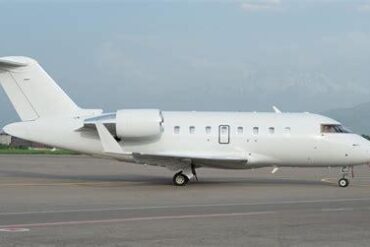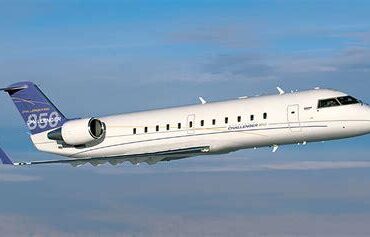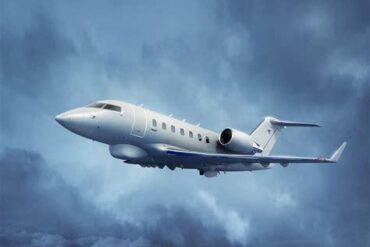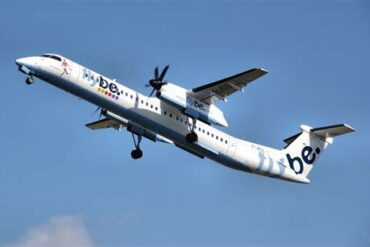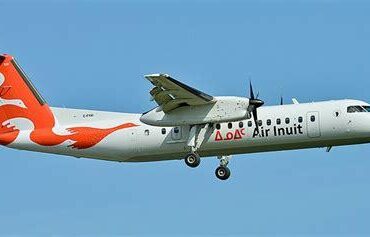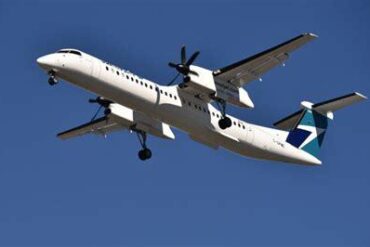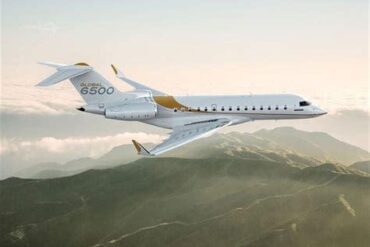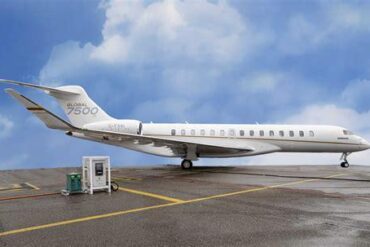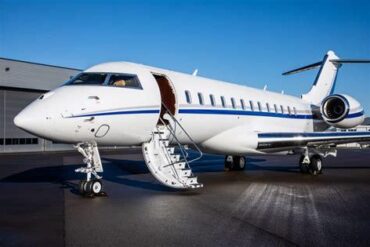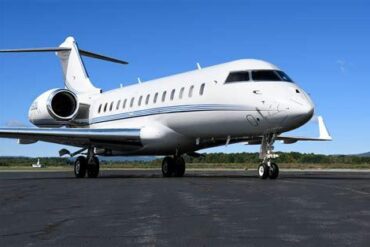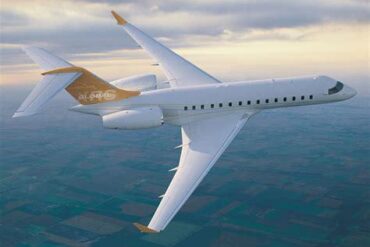The Bombardier Challenger 601-3R is a remarkable aircraft in the world of business aviation, revered for its exceptional performance, spacious cabin, and advanced technology. As we delve into the specifics of the price and operating costs, it becomes crucial to understand the various factors that contribute to its overall ownership experience.
Understanding the Bombardier Challenger 601-3R
The Challenger 601-3R is an updated variant of the Challenger 601 series, featuring improved avionics and more efficient engines. This aircraft is equipped with two General Electric CF34-3B turbofan engines, which offer enhanced performance and lower fuel consumption compared to its predecessors. With a maximum range of approximately 3,200 nautical miles, the 601-3R can easily connect major cities across continents without the need for frequent refueling stops.
Key Specifications
-
Passenger Capacity: Up to 19 passengers, with a typical configuration accommodating around 10-12 passengers comfortably.
-
Cruising Speed: Approximately 450 knots (about 518 mph or 833 km/h).
-
Maximum Takeoff Weight (MTOW): Around 48,200 lbs (21,834 kg).
-
Cabin Dimensions: Length of 28.5 ft (8.69 m), width of 8.2 ft (2.5 m), and height of 6.1 ft (1.85 m).
These specifications showcase the Challenger 601-3R as an ideal choice for corporate travel, providing comfort and efficiency for long-distance flights.
Purchase Price of the Challenger 601-3R
The purchase price of a Bombardier Challenger 601-3R can vary significantly based on factors such as the aircraft’s age, condition, total flight hours, and installed equipment. On average, the market price ranges between $1.5 million and $3 million.
Factors Influencing the Price
-
Age and Condition: Newer aircraft with lower flight hours typically command higher prices. A well-maintained aircraft with a comprehensive maintenance history may also attract a premium.
-
Customization and Upgrades: Aircraft equipped with luxury interiors, upgraded avionics, or enhanced performance features will be priced higher. Features such as satellite communication, advanced navigation systems, and high-end cabin amenities add significant value.
-
Market Demand: The demand for specific aircraft models can fluctuate, impacting their resale values. Economic conditions, oil prices, and changes in aviation regulations can all play a role in determining market demand.
Operating Costs of the Challenger 601-3R
Operating costs are a critical aspect of aircraft ownership and encompass various expenses, including fuel, maintenance, crew salaries, insurance, and more. Understanding these costs is essential for potential buyers and operators of the Challenger 601-3R.
Breakdown of Operating Costs
-
Fuel Costs
-
The Challenger 601-3R has an average fuel burn of approximately 180 gallons per hour (GPH) during cruise. Given current fuel prices, which can fluctuate, the estimated hourly fuel cost ranges from $900 to $1,200. For a typical 4-hour flight, fuel costs could reach $3,600 to $4,800.
-
Maintenance Costs
-
Routine maintenance is crucial for safety and reliability. The Challenger 601-3R generally incurs maintenance costs of around $700 to $1,200 per flight hour. This figure includes scheduled inspections, parts replacement, and labor. Major overhauls, such as engine maintenance, can significantly increase these costs.
-
Crew Salaries
-
Depending on the operation, a Challenger 601-3R typically requires a two-pilot crew. Salaries can vary widely based on experience and location but generally range from $100,000 to $200,000 per year for each pilot. Additional costs may include benefits, training, and accommodations while on duty.
-
Insurance Costs
-
Insurance premiums for business jets like the Challenger 601-3R depend on various factors, including the aircraft’s value, operational history, and the pilot’s qualifications. Typically, annual insurance costs can range from $15,000 to $30,000.
-
Hangar and Parking Fees
-
Storing the aircraft at a hangar incurs monthly fees that can vary based on location. In major metropolitan areas, these costs can exceed $2,000 per month, while rural locations may offer more affordable options.
-
Miscellaneous Costs
-
Other operating costs may include navigation fees, landing fees, and costs associated with catering and ground transportation. These can add several thousand dollars to the overall operating budget depending on the flight itinerary.
Total Estimated Operating Costs
When combining all these elements, the total operating costs for the Bombardier Challenger 601-3R are estimated to be around $1,500 to $2,500 per flight hour. For operators flying approximately 400 hours annually, this translates to an annual operating cost of $600,000 to $1 million.
Cost Comparison with Competitors
When considering the Challenger 601-3R, it is beneficial to compare its operating costs with similar business jets in its class, such as the Gulfstream G150 and Citation X.
-
Gulfstream G150: Average operating costs range from $1,200 to $2,000 per flight hour. This makes the G150 slightly more economical in terms of fuel efficiency but may offer less cabin space.
-
Citation X: Known for its speed, the Citation X’s operating costs are comparable, ranging from $1,500 to $2,400 per flight hour, but it boasts a higher cruising speed, making it ideal for time-sensitive travel.
The Challenger 601-3R offers a balanced mix of performance, comfort, and operating economy, making it a formidable contender in the business aviation market.
Conclusion
In summary, the Bombardier Challenger 601-3R stands out as a premier choice for business aviation enthusiasts seeking luxury, efficiency, and reliability. With a purchase price averaging between $1.5 million and $3 million and estimated operating costs of $1,500 to $2,500 per flight hour, this aircraft represents a substantial investment.
Prospective owners should consider not just the initial purchase but also the ongoing operating costs, which can accumulate significantly over time. With proper management and strategic planning, the Challenger 601-3R can provide a rewarding ownership experience, ensuring that travelers enjoy the finest in modern aviation.
